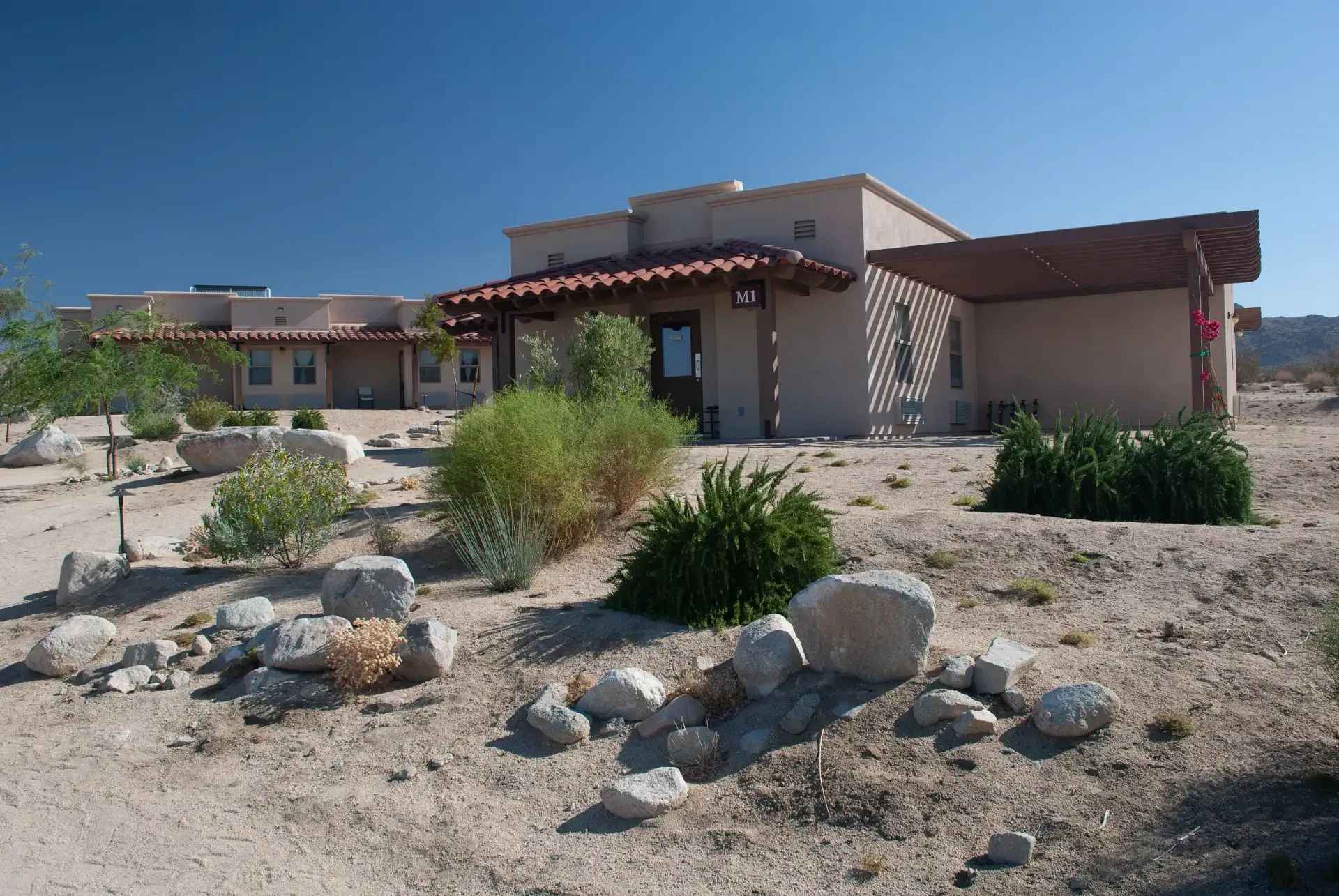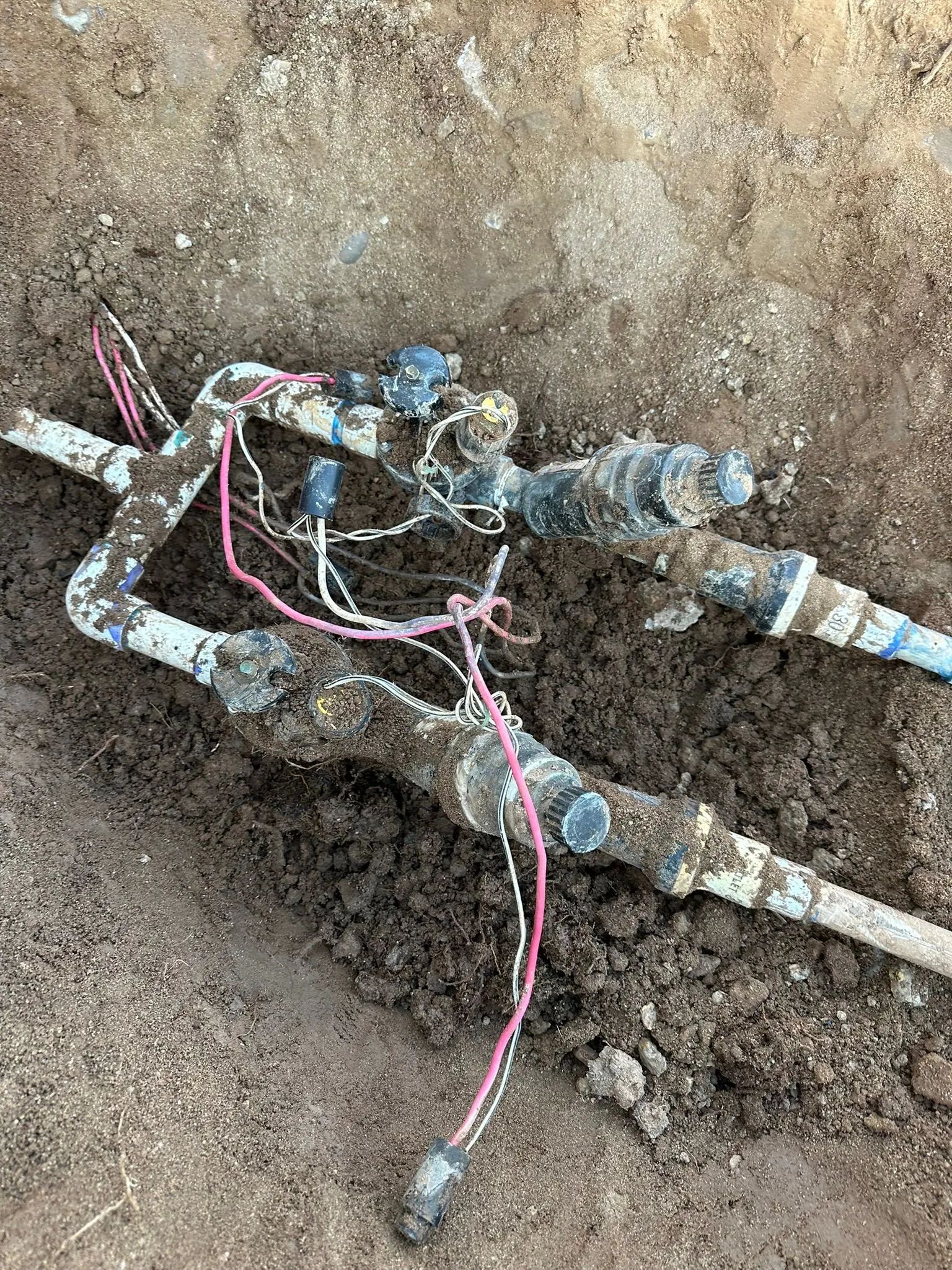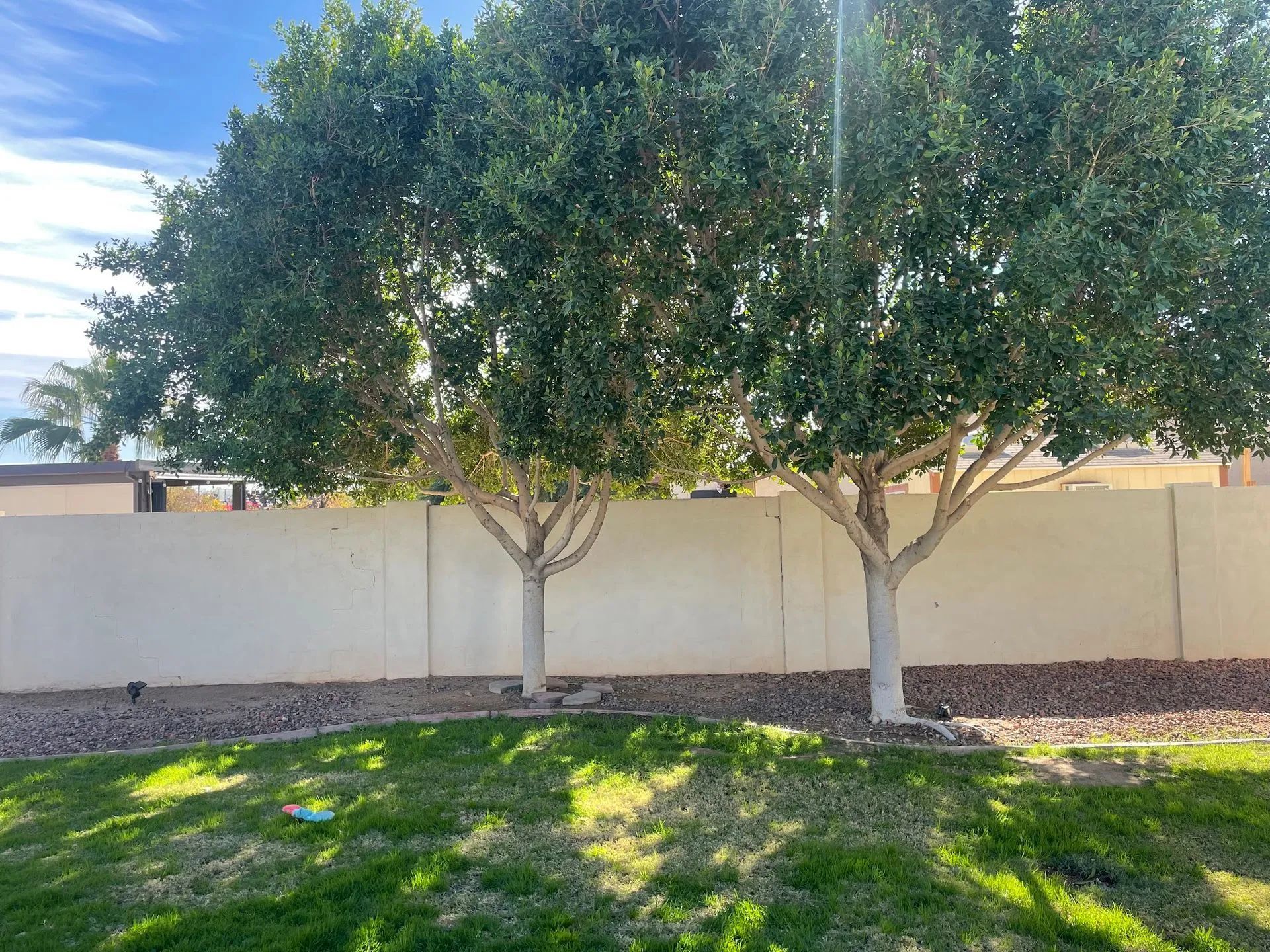How Often Should You Schedule Landscaping Maintenance?
May 22, 2025

Maintaining a beautiful and functional outdoor space requires more than occasional care. Landscape maintenance is crucial for the long-term health, appeal, and usability of your yard or commercial grounds. Still, a common question lingers for many property owners: how often should you schedule landscape maintenance? There’s no one-size-fits-all answer. The ideal frequency depends on the climate, season, plant selection, property type, and personal preferences. By understanding the unique needs of your landscape and adjusting your schedule accordingly, you can achieve a stunning and manageable outdoor space year-round.
Why Consistent Landscape Maintenance Matters
A well-maintained landscape enhances your property’s curb appeal, increases its value, and ensures that plants thrive season after season. Landscape maintenance is more than aesthetics; it helps protect your investment and prevents costly repairs. Without proper care, plants can become overgrown, diseased, or infested with pests, while hardscapes like walkways and retaining walls may degrade over time. Routine landscape maintenance also contributes to safety. Clear pathways, trimmed shrubs, and well-lit exteriors reduce hazards and promote usability. For commercial properties, consistent upkeep makes a strong impression on clients and visitors, signaling professionalism and attention to detail.
Weekly Landscape Maintenance During Peak Seasons
For most properties, weekly landscape maintenance becomes essential during the active growing months—typically spring and summer. In these seasons, lawns grow faster, flowers bloom, and weeds emerge rapidly. Weekly care helps keep your yard in peak condition, preventing overgrowth and minimizing disease risk. Regular mowing during this time supports healthy grass growth and maintains a tidy appearance. It’s also the best time to remove spent blooms from flowers, inspect for insect activity, and clear away debris that may have accumulated since the last visit. Weekly trimming may be necessary to maintain form and productivity if you have ornamental hedges or fruiting plants.
Bi-Weekly Landscape Maintenance for Low-Maintenance Designs
If your landscape has been designed with low-maintenance plants and features, bi-weekly care may be sufficient during less demanding seasons or in climates where plant growth is slower. Many homeowners choose native plants, drought-resistant varieties, or ground covers that require less frequent pruning and watering. Bi-weekly landscape maintenance focuses on monitoring plant health, light weeding, checking irrigation systems, and ensuring appropriate mulch levels. These tasks keep your outdoor space tidy without the commitment of weekly visits, making it a smart option for minimalist or eco-friendly gardens.
Monthly Landscape Maintenance in Dormant or Slow-Growth Periods
As growth slows during the cooler months, monthly landscape maintenance may be all that’s necessary to keep things in order. In regions with winter dormancy, many plants go into a rest phase, meaning fewer tasks are needed. However, this does not mean maintenance should stop entirely. A monthly visit can include raking fallen leaves, trimming dead branches, and preparing garden beds for upcoming planting seasons. It’s also the time to assess the condition of hardscape elements, check drainage patterns, and perform light pruning on trees and shrubs that benefit from dormant-season cutting. Winter is also ideal for planning landscape upgrades or redesigns that can be implemented in spring. Addressing minor issues during this downtime can prevent them from becoming more significant problems later on.
Seasonal Landscape Maintenance for Year-Round Results
Every season brings unique demands, and adjusting your landscape maintenance plan throughout the year ensures that your outdoor space stays beautiful and functional regardless of the weather.
Landscape Maintenance in Spring
In spring, landscape maintenance centers around clean-up and renewal. Spring is the season to fertilize lawns, reseed bare patches, aerate compacted soil, prune shrubs, and refresh flower beds with new plants. It’s also the ideal time to reactivate and test irrigation systems.
Landscape Maintenance in Summer
Summer is the season of upkeep. With increased sunlight and warmth, plant growth accelerates. Landscape maintenance during this time involves regular mowing, watering, deadheading flowers, pest control, and managing weeds that thrive in the heat.
Landscape Maintenance in Fall
Fall is about preparation and transition. As plants prepare for dormancy, landscape maintenance includes leaf removal, mulching, pruning perennials, and protecting plants from frost. It’s also the best time to winterize irrigation systems and evaluate soil health.
Landscape Maintenance in Winter
Winter brings reduced plant activity, but there’s still work to be done. Landscape maintenance during colder months involves protecting delicate plants with coverings, removing snow or ice buildup from branches, and planning for spring upgrades or redesigns.
How Property Type Affects Landscape Maintenance Frequency
The frequency of landscape maintenance also depends on the type of property. Residential landscapes often have lawns, trees, shrubs, and garden beds that require regular attention to look their best. The average homeowner may opt for weekly maintenance in warmer months and scale back to monthly care during winter. Commercial properties typically require more frequent and consistent landscape maintenance year-round. These spaces often have higher foot traffic, more structured plantings, and a greater need for visual appeal. A well-maintained landscape reinforces a professional image and creates a welcoming business atmosphere. Community spaces, such as parks or homeowner association properties, benefit from regularly scheduled care to keep shared areas attractive and safe for everyone. Depending on the space used, this care might involve weekly or bi-weekly attention.
Customizing Your Landscape Maintenance Based on Plant Types
Plants are not all created equal. Some require meticulous care and constant grooming, while others thrive with minimal attention. The composition of your garden plays a significant role in determining how often landscape maintenance is needed. Lawns require more frequent mowing and fertilizing, especially in active growing seasons. Flower beds with annuals or seasonal blooms need constant upkeep to maintain color and health. Perennials require deadheading, dividing, and winter preparation. Meanwhile, native plants often need less intervention since they are adapted to local conditions. If your landscape includes specialty elements like topiaries, vegetable gardens, or water features, you’ll need a customized maintenance plan for their specific care requirements. Grouping plants by their maintenance needs can make scheduling and upkeep more efficient.
The Cost of Skipping Regular Landscape Maintenance
Putting off landscape maintenance may seem like money-saving, but neglect can quickly lead to costly problems. Weeds can choke out ornamental plants, lawns can turn brown and patchy, and trees can become overgrown or diseased. The longer these issues go unaddressed, the more complicated and expensive they become. Hardscaping can also suffer from neglect. Moss, algae, and weeds between pavers can lead to slippery surfaces, while unsealed concrete or stone may crack or discolor over time. When not inspected regularly, irrigation systems can develop leaks or malfunction, leading to wasted water or dying plants. An unkempt yard affects property value and curb appeal. Whether you plan to sell your home or attract new customers to a business, a poorly maintained landscape sends the wrong message.
Professional vs. DIY Landscape Maintenance Schedules
Deciding whether to manage your own landscape maintenance or hire professionals depends on your time, interest, budget, and the complexity of your outdoor space. DIY landscape maintenance can be rewarding and cost-effective for those with smaller yards or a passion for gardening. However, it requires dedication and a solid understanding of horticulture, pest control, and seasonal needs. Hiring a professional landscape maintenance company ensures that your property receives expert care consistently. These teams often bring specialized tools, horticultural knowledge, and efficient workflows to do the job quickly and effectively. Professional maintenance is usually the best choice for long-term results for more significant properties, commercial sites, or high-end landscapes. Professionals also offer tailored maintenance plans, allowing you to choose from weekly, bi-weekly, or monthly services depending on your landscape’s requirements. This flexibility means you can get the right level of care without overcommitting time or resources.
Creating a Long-Term Landscape Maintenance Plan
You can create a year-round landscape maintenance calendar to get the most out of your outdoor space. Begin by noting the specific needs of your plants, lawn, and hardscaping elements. Track the changes in your landscape as the seasons shift and adjust your schedule accordingly. Plan for frequent visits in spring and summer, especially if you have fast-growing grass or many flowering plants. During fall, include clean-up and preparation tasks, and reduce maintenance in winter while still checking for damage or potential hazards. A clear plan helps you stay organized and proactive. It also makes it easier to spot issues early, keep track of plant health, and budget for seasonal expenses. Whether you manage it yourself or work with a landscaping service, having a detailed maintenance strategy ensures that no part of your property is overlooked.
Understanding How Often You Need Landscape Maintenance
The correct frequency for landscape maintenance depends on your landscape’s complexity, the climate you live in, and how you want your property to look throughout the year. Weekly maintenance is best for peak seasons and high-maintenance designs. Bi-weekly or monthly maintenance works well for low-maintenance yards or during slower growth periods. Above all, consistency is key. Skipping routine tasks often leads to overgrowth, pest problems, and long-term damage that’s more costly. Whether you do it yourself or rely on a professional team, a well-planned and regularly executed landscape maintenance schedule will keep your property looking its best year-round. For more information about landscape maintenance, visit
our J. Christie Landscape blog.




